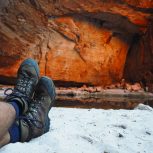Tasmania’s East Coast – Top 3 Trails
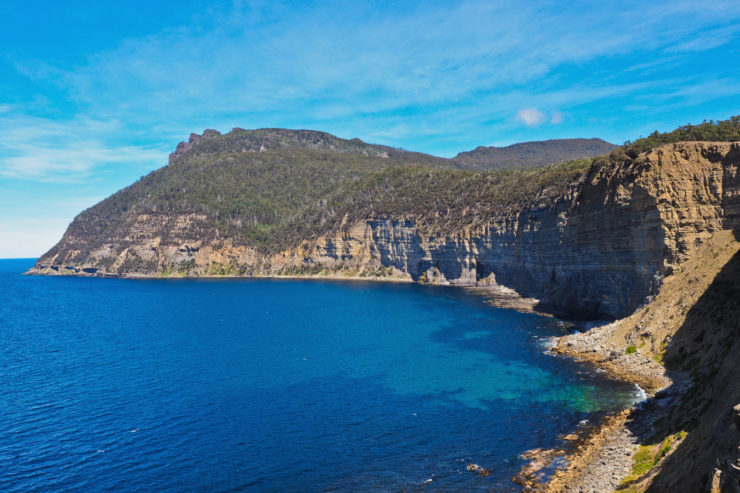
Tasmania’s East Coast – Top 3 Trails
Posted on
Tasmania’s East Coast offers a different kind of natural beauty that differs from the rest of Australia and is even unique to its own Island of Tasmania. Expect to discover spectacular landscapes, long beautiful beaches and Eucalypt forests.
It’s easy to believe Lonely Planet announced Tasmania (namely the East Coast) among its Top 10 Regions in the World to visit, up beside exotic locations such as Gallipoli, Arctic Norway, Khumbu and Macau!
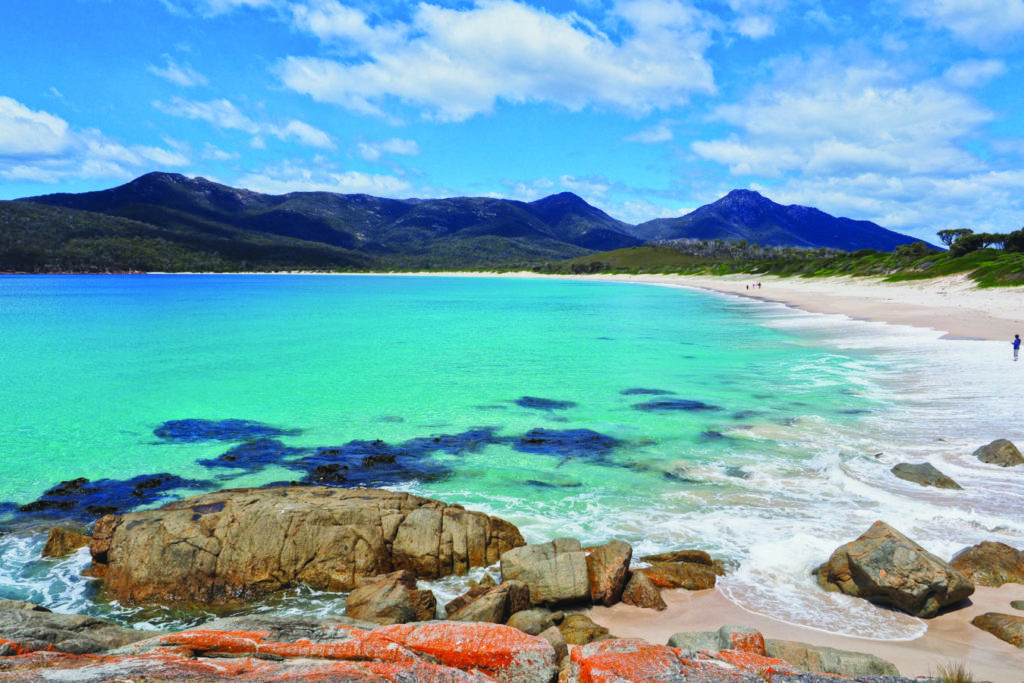
What can we say… Tasmania’s situation is so unique where over 40% of the state is managed by the Tasmanian Parks & Wildlife Service. No wonder you’re spoilt for choice when it comes to wildlife and greenery.
Now let’s dive in and talk about what local claims to be the best part of Tasmania, the East Coast, most of which can only be enjoyed through its many walks and trails that take you eye to eye with Painted Cliffs, heathland and white sands of endless coast.
You’ll need to cover a lot of ground to take in the entire coast… So with this in mind, we’ve listed our top picks to visit on Tasmania’s East Coast this summer!
1. Freycinet Peninsula National Park & Wineglass Bay
Visitors entering the Freycinet Peninsula will be greeted with gorgeous pink granite mountains, pure white beaches and clear waters of Wineglass Bay.
The gorgeous 11.5km circuit begins with access to the clear waters of Coles Bay where you’ll right away have a view of the iconic sheer pink granite mountains. Your level of fitness doesn’t need to be at its highest, however, we do recommend sturdy shoes for this particular trail.
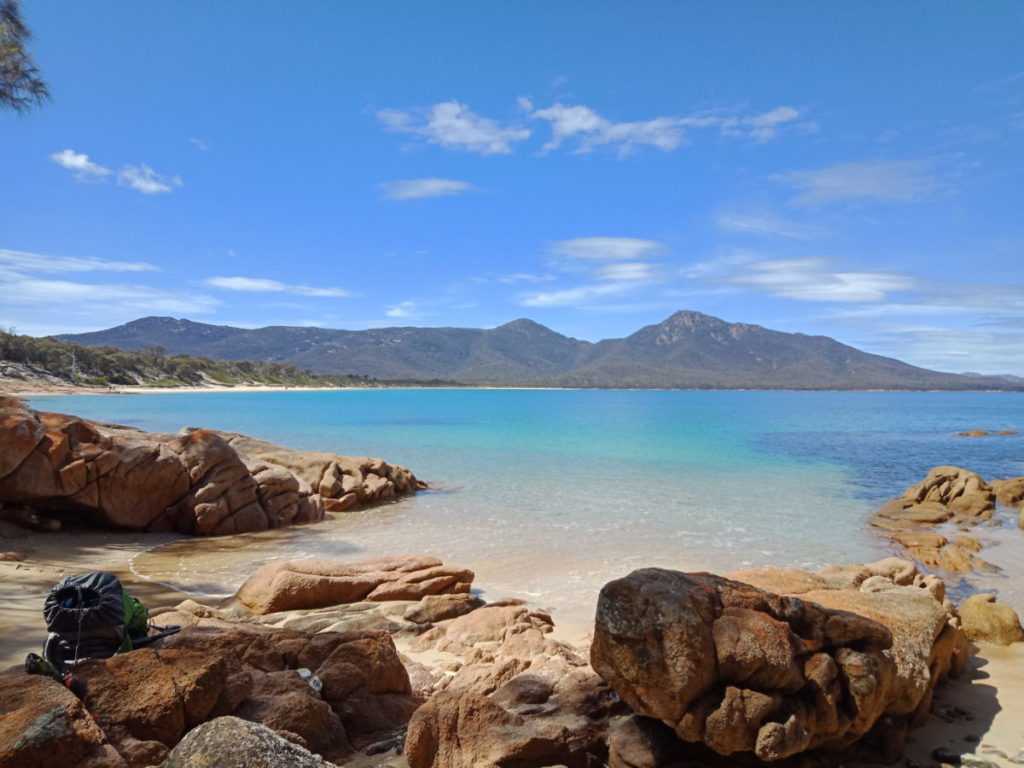
The circuit leads you around Freycinet National Park including Wineglass Bay; rated as one of the ten best beaches in the world and often featured in the most iconic photos of Tasmania. The crescent-shaped bay is sheltered by rocky points and from above resembles a wine glass. We personally think it’s great inspiration to grab a glass of wine after the walk.
The walk then takes travelers to equally beautiful Hazards Beach for more views of the rose coloured mountains. This entire circuit loops around the Freycinet National Park which as you could expect hosts an abundance of wildlife littered around and that frequently venture onto the path.
Freycinet National Park & Wildlife
The National Park is best known for the Hazards – a spectacular granite mountain range that rises dramatically from the bays that surround the park.
These mountain crags are mainly made of granite while the presence of Orthoclase, a pink feldspar, gives the mountains their pink tint that you can view easily from the walking track.
Walkers will most likely see wallabies throughout the hike, begging for food and attention from humans. Though it may be tempting to give in to these lovable animals we highly recommend to not be one of those visitors that feed or pets the wallabies.
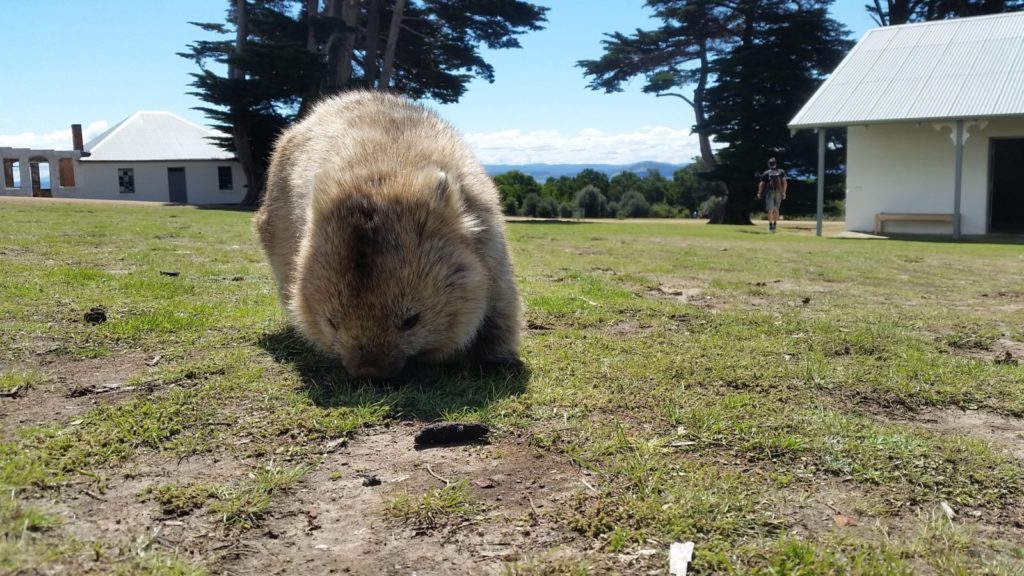
2. Maria Island Walk
The next gem along Tasmania’s East Coast is Maria Island. Hop on the ferry for a 30-minute ferry ride from Triabunna. The entire island is World Heritage-Listed and it has everything you want to see from Tasmania all in one place: convict heritage sites, amazing wildlife, and great outdoor walks!
You might be overwhelmed with the walking options when you first disembark at the Ferry terminal; to start we recommend the most rewarding climb up Mt Bishop and Clerk, the island’s uppermost towering peaks. You’ll be walking past towering sea cliffs, through grasslands, open forest, and sky-reaching woodland to rocky slopes (all on one trail!). If you’re extra adventurous scramble over boulders to reach the summit and you’ll be rewarded with views of the island including; the Freycinet Peninsula and the open Tasman Sea.
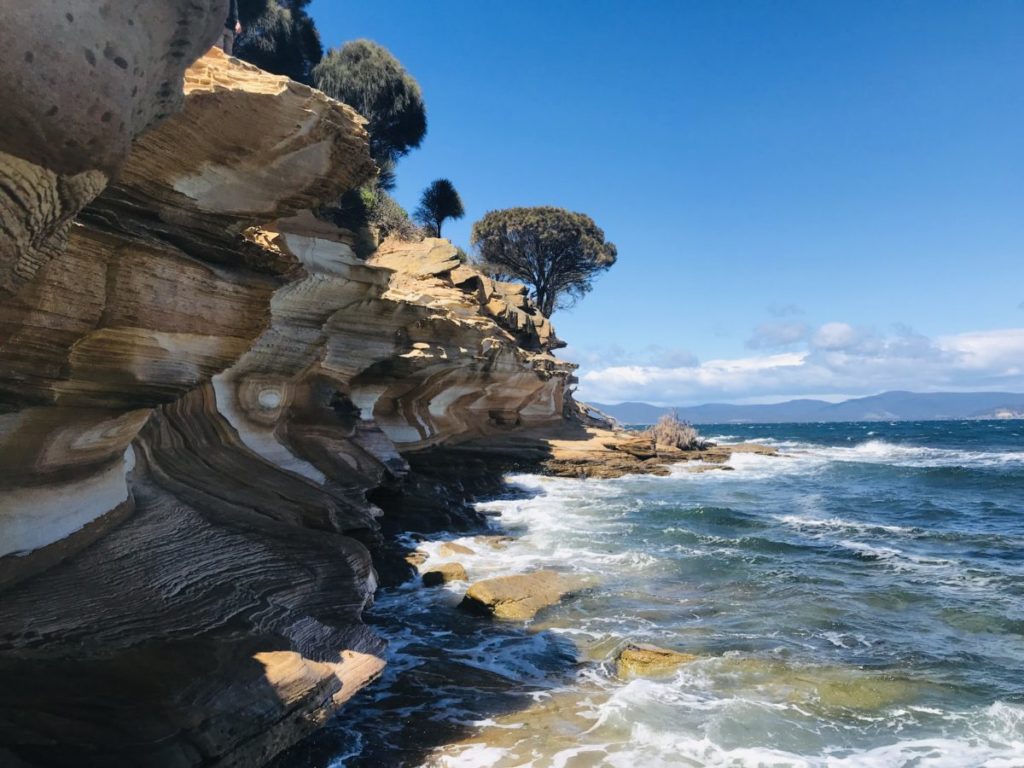
Next walk is the famous painted cliffs, these brightly coloured sandstone rocks are the most photographed thing on Maria Island… so make sure that the camera is fully charged! Ocean waves have carved the rocks into wonderful swirls and curves. It’s gorgeous!
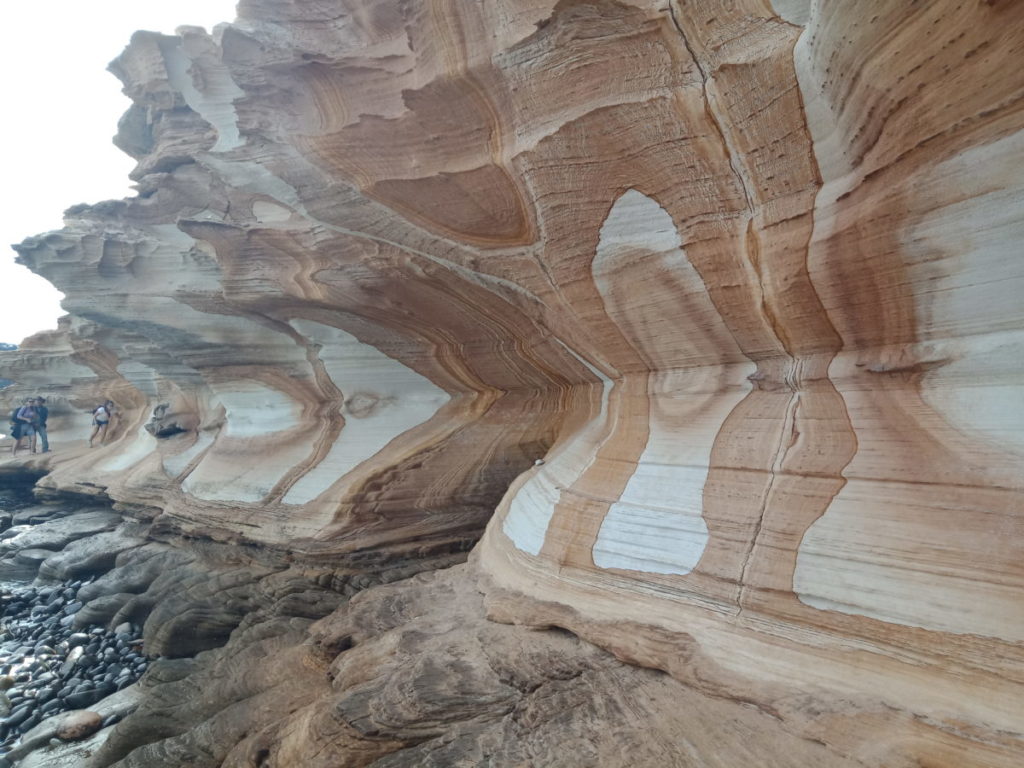
Next, the aptly named Fossil Cliffs drum up thoughts and images of a prehistoric age and do not disappoint when you consider they tower over 100m in places that then plunge dramatically straight into the ocean. The cliffs showcase some of the best-preserved fossils in Tasmania.
No trip would be complete without visiting the Darlington convict settlement which operated between 1825 and 1832, and at its peak hosted no less than 492 prisoners. Of the 78 convict probation stations once built in Tasmania, the buildings and structures at Maria Island are regarded as “the most outstanding representative example” (Australian Department of Environment) and of such cultural significance they’ve been formally inscribed onto the Australian National Heritage List and UNESCO’s World Heritage list as amongst:
” .. the best surviving examples of large-scale convict transportation and the colonial expansion of European powers through the presence and labour of convicts.”
Remember again to wear sturdy footwear for this section of exploring as you’ll find uneven floors and undulating terrain.
Maria Island National Park
The island is naturally home to a multitude of native wildlife and exploring the diverse landscape you’ll find lots of iconic Australian animals.
Wombats can be seen around the island, as well as pademelons, Forester Kangaroos, Bennetts wallabies, and Tasmanian Devils. When you look out at the waters you might see seals and whales.
3. The Three Capes Track
This walk was hailed Australia’s premier coastal walk even before the track officially opened. Here you’ll see the spectacular views of Tasman National Park and iconic Dolerite Cliffs.
The beginning of the trail is just a short drive from Port Arthur; the total track measures 48km (although most people tackle a single section of the track at a time).
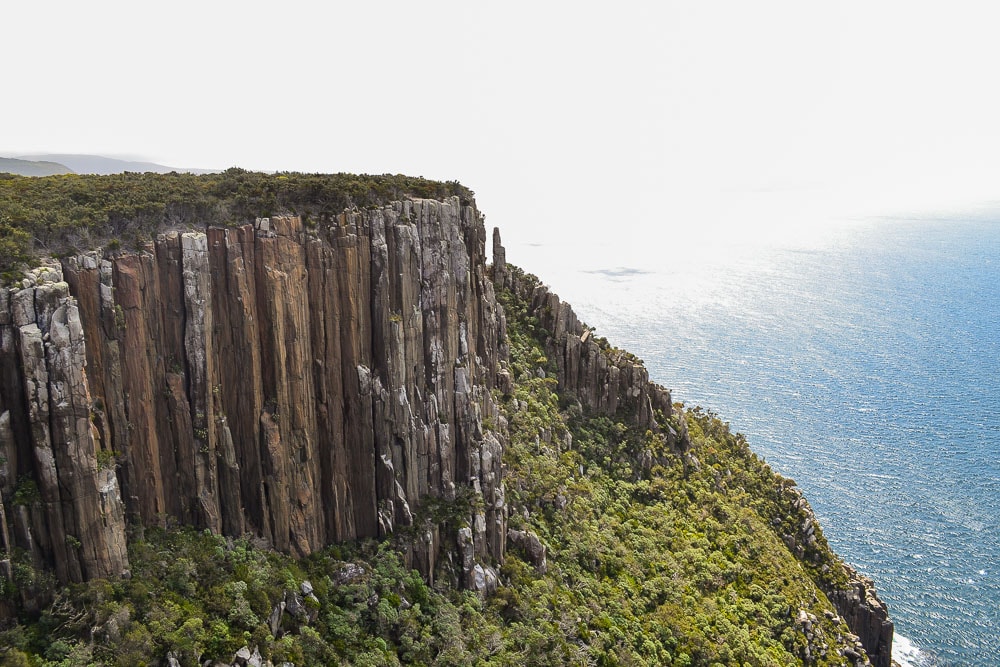
As it’s one of the most popular walks in Tasmania the entire trail has been designed as an achievable experience for a wide range of ages and abilities. It’s been built to a dry-boot standard from a range of materials, including timbers, stone, and gravel, and is about one-meter wide, wide enough for two people to walk side-by-side, as stated by the Tasmanian Parks and Wildlife Service.
The walk starts off inland, where you’ll enjoy the low-growing woody vegetation of heath country before opening up to the breathtaking views of Dolerite Cliffs. We hope that no one is scared of heights as you’ll be approaching some of Australia’s highest sea cliffs!
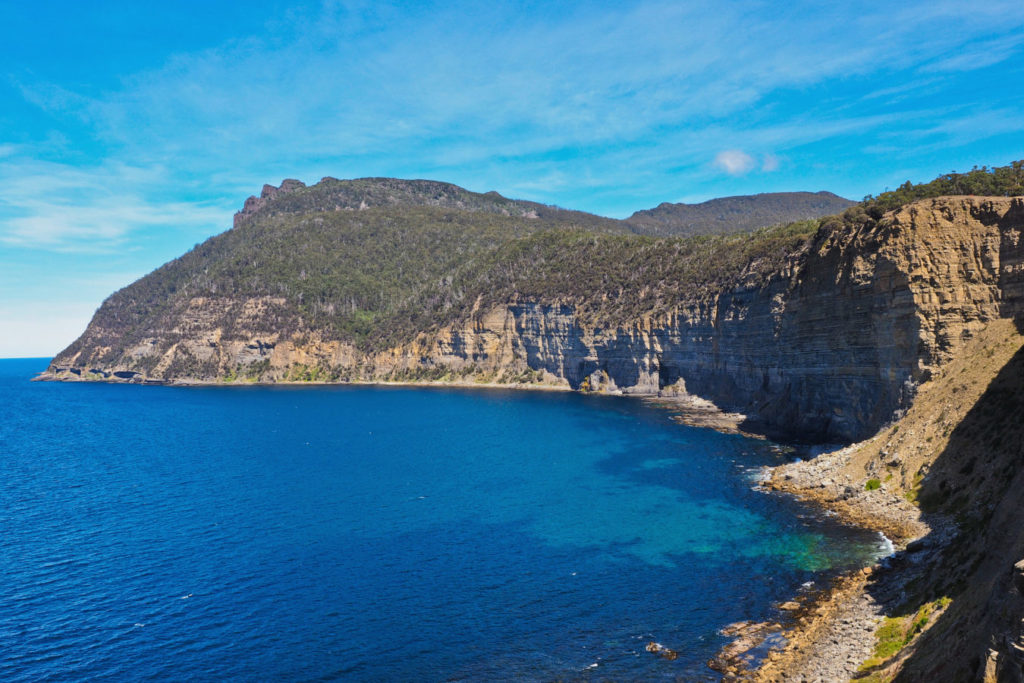
It will really feel like you’re walking along the world’s edge!
At this point you can expect to brace for a blast of intense windy air that these capes are famous for.
You’ll head east along the cliff to descend into Cape Raoul plateau.
Cape Raoul plateau
The Cape here will reward you with coastal banksia scrub and odd glimpses of the northern coastline and the impressive 300m high cliffs of Cape Pillar in the distance. There is a seal colony nestled at the base of Cape Raoul that is always an extra treat at the end of an already amazing walk.
Tasman Peninsula section
The Tasman Peninsula section of the Three Capes Track is nothing short of breathtaking. What else could we expect from Tasmania?
This section comes with its ups and downs, but for your efforts, you’ll be greeted with amazing views and the beginning of Cape Hauy trail.
Cape Hauy
Be prepared to experience awe-inspiring cliffs descending vertically into the ocean on either side of your trail.
The trail leads you through woodlands and heath containing abundant wildflowers. Then you’ll descend down a naturally created stone staircase before ascending again towards the cape.
You’ll be running back and forth along the cape as it juts out onto a heaving ocean with seascape on either side.
The cape itself is made of spectacular dolerite columns that plunge directly into the sea. Look out for seabirds, eagles, and even passing whales. The Department of Parks and Wildlife recommends a camera and binoculars, and so do we!
Frequently Asked Questions
Can you walk Three Capes Track yourself?
Yes it’s possible to complete any of these walks by yourself, however, we recommend joining a walking tour group for the ease travel. Our Three Capes Track, Wineglass Bay & Maria Island tour takes you through all the above trails and provides all the transport, accommodation , meals, not to mention great company!
The summer is a great time to book any Tasmanian tour as the cool southern weather ensures great walking conditions.
When is the best time of the year to walk in Tasmania?
The Australian Summer’s heat hits hard. The sweltering heat is a primary reason why Inspiration Outdoors only offers walking tours in Tasmania during the summer period. Is Tasmania a great place to visit during the Australian Summer? With average maximum, daily summer temperatures between 17 and 23 degrees, we think we’ve found the perfect place for summer walks.
How many steps is Three Capes Track?
The length of the entire trail is 48km, though the walk can be broken up into sections. Typically the stretch will take four days and three nights as the track is so meticulously crafted you’re free to enjoy your experience rather than watching every step.
Coronavirus and Tasmania restrictions
Tasmania has recently opened to travellers from low risk areas including ACT, NSW, NT, QLD, WA and NZ.
Visitors from these areas do not need to quarantine and only need to provide their contact and travel details before entering the state, to help manage the risk of COVID-19 at Tasmania’s borders.
If you are travelling from one of these low-risk areas you can register your travel via the Tas e-Travel system.


